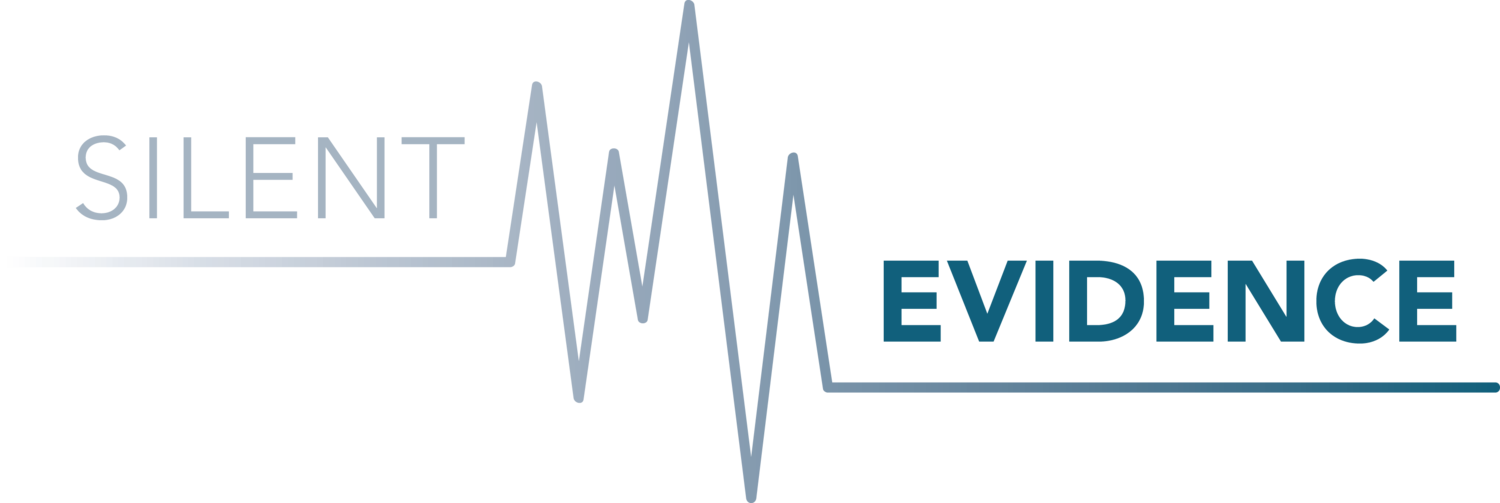Footnotes
October 10, 2010 was the day I became a public survivor of child sexual abuse. That was the day I decided when people asked me what I was working on I’d tell the truth: I’m working on a project about child sexual abuse. I decided to acknowledge the mental and emotional space I give to this issue, rather than hide it. I never felt good about not saying something, but it’s a hard truth to want to share.
I’m so grateful I grew up in a family with feminist values, where I was encouraged to use my voice and get loud, but knowing I was supposed to speak up for injustice also added guilt to feelings of confusion about whether what happened warranted speaking out. It wasn’t until I got older that I began to see other ways of resisting -- quieter ways of resisting like taking care of myself and protecting myself -- as legitimate too. Until I got that surviving was also a radical act, the message that I heard was that my silence was part of the problem.
We put the onus on survivors to break the silence -- to speak out. What about listening out?
Aimee Carrillo Rowe and Sheena Malhotra edited an incredible anthology of essays entitled Silence, Feminism, Power: Reflections at the Edges of Sound, which interrogates this often-unexamined assumption that silence is oppressive, and considers the multiple possibilities silence enables. The equation between voice and power informs feminist theory and activism, creating an imperative that the oppressed must “come to voice.” I have to thank Malhotra and Rowe for articulating that the problem with “this formulation is that the burden of social change is placed upon those least empowered to intervene in the conditions of their oppression. The figure of the subaltern, or the survivor, gaining voice captures our political imaginary, shifting the focus away from the labor that might be demanded of those in positions of power to learn to listen to subaltern inscriptions—those modes of expression that are often interpreted as ‘silence.’”
The reverberations of trauma are something I’ve dealt with all my life. They are brought on by the memories of what happened, but also by the shame I feel for not speaking up, for betraying my own instincts to act in response to the violation of my body. There was so much pressure to speak out and yet few resources to guide us about how to listen and respond.
Feminist scholar Ann Cvetkovich found that “many narratives by survivors […] indicate that the trauma resides as much in secrecy as in sexual abuse—the burden of not to tell creates its own network of psychic wounds that far exceed the event itself. By the same token, the work of breaking the silence about sexual abuse, like that of coming out, has to be understood as an ongoing process and performance, not as a punctual event.”
It’s about pushing everyone to be more vocal, while at the same lifting up other forms of confronting this issue. Celebrating the moments where we walk away, where we set boundaries, where we feel proud to make ourselves feel safe and don’t pathologize our behavior as paranoid or neurotic. It’s about asking hard questions and accepting listening the words and the pause -- listening to the awkward silence -- and trusting that we are strong enough and smart enough to figure out how to take care and take action.
I’m thankful to the artists, musicians and writers who work so hard to keep a public conversation about sexual violence a live. Because of the Riot Grrrl scene -- Bikini Kill, Tribe 8, Ani DiFranco, and ancestresses like Virginia Woolf, Gloria Anzaldúa and Audre Lorde, I was assured that if I spoke out a courageous community of survivors and allies would accompany me through the process.
I don’t know yet exactly what solutions look like, and although I’m tempted to make suggestions, what I’ve learned through this process is that often the most complicated and overwhelming problems are most powerfully addressed with simple solutions. Breathe. Be open. Listen.
I hope you see the healing effect of disclosure, not as the spectated act of telling one’s truth, but as a process of collective “sense-making” and that process of sense-making means we must ask questions, we must speak, we must sit quietly and silently—at times—and just listen.
